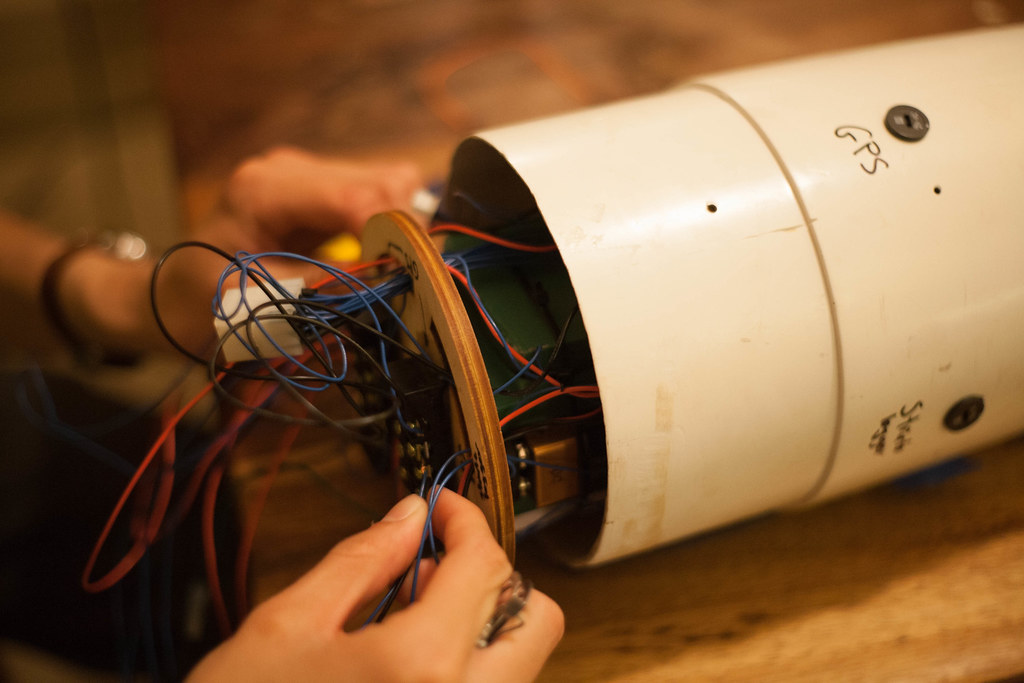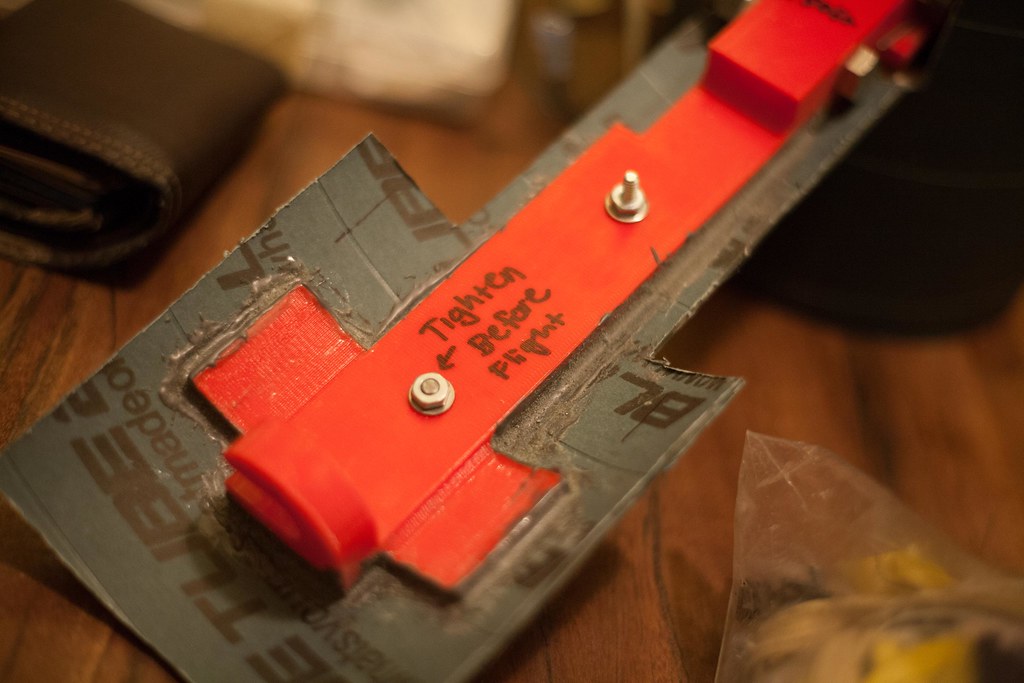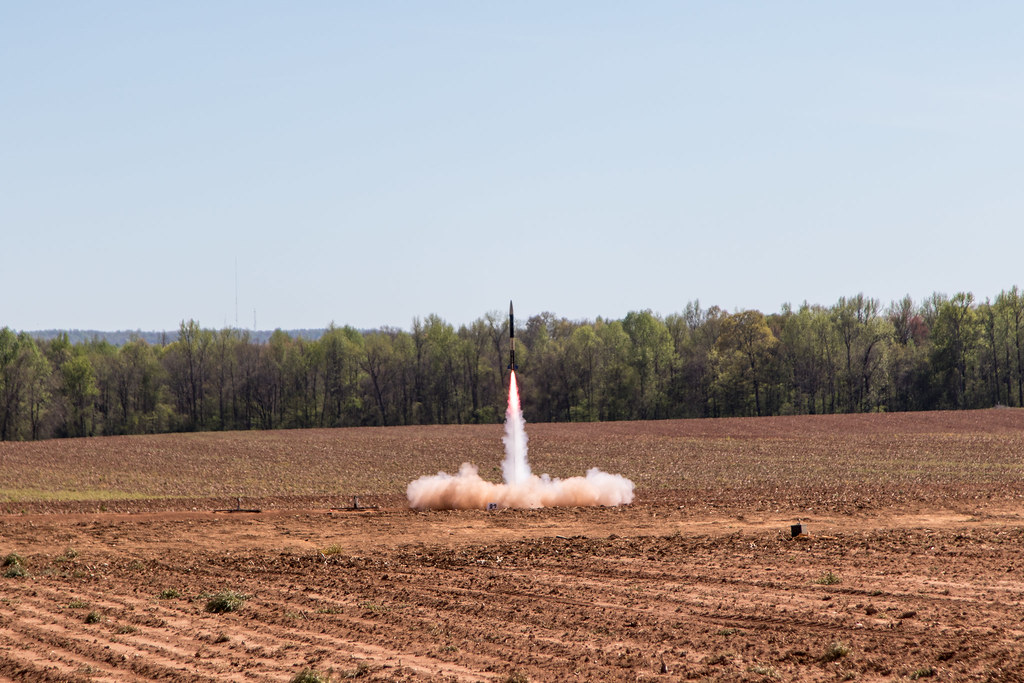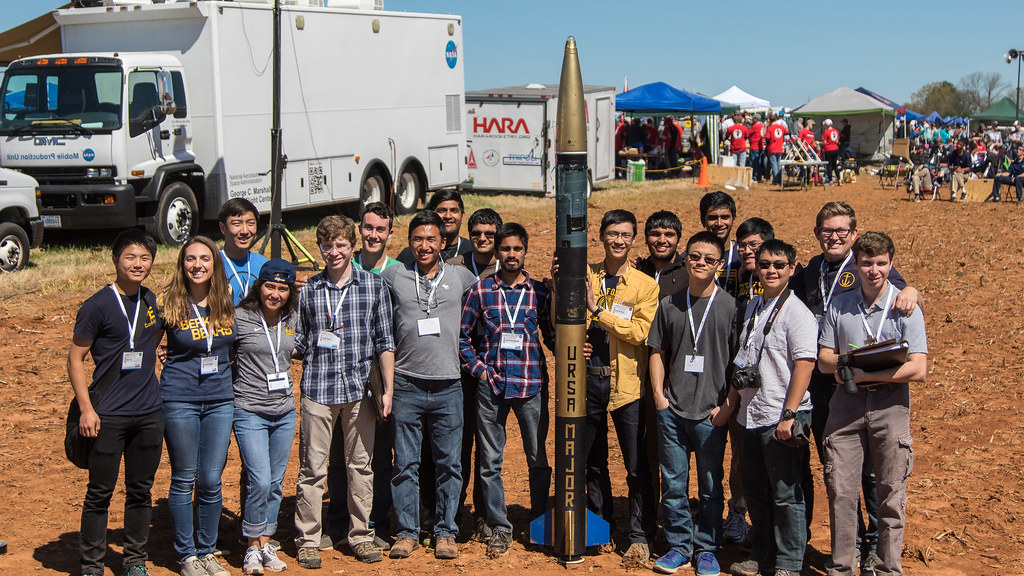Appetizer
Curiously Ripe Strawberries - NYTimes
Palate Cleanser
What is Science Good For? - The New Yorker
- In 1969, Robert Wilson, the first director of the Fermi National Accelerator Laboratory, near Chicago, was asked by Congress whether the huge particle accelerator being built there would contribute to “the national defense.” His response then is appropriate now:
No, sir. . . . I don’t believe so. . . . It has only to do with the respect with which we regard one another, the dignity of men, our love of culture. . . . It has to do with, are we good painters, good sculptors, great poets? I mean all the things we really venerate in our country and are patriotic about. It has nothing to do directly with defending our country except to make it worth defending.First Course
Torching the Modern-Day Library of Alexandria: The tragedy of Google Books - The Atlantic
- The irony is that so many people opposed the settlement in ways that suggested they fundamentally believed in what Google was trying to do. One of Pamela Samuelson’s main objections was that Google was going to be able to sell books like hers, whereas she thought they should be made available for free. (The fact that she, like any author under the terms of the settlement, could set her own books’ price to zero was not consolation enough, because “orphan works” with un-findable authors would still be sold for a price.) In hindsight, it looks like the classic case of perfect being the enemy of the good: surely having the books made available at all would be better than keeping them locked up—even if the price for doing so was to offer orphan works for sale. In her paper concluding that the settlement went too far, Samuelson herself even wrote, “It would be a tragedy not to try to bring this vision to fruition, now that it is so evident that the vision is realizable.”
Par for the Course
Thus is presented the story of rocket redemption:
About eight months ago, preparations began for UC Berkeley's entrance into the NASA Student Launch program. We wrote a proposal in response to NASA's RFP, and were soon accepted into a cohort of about 40 university and 20 high school teams.
We had a choice of three missions: fragile material protection, rocket roll induction, or target detection and vertical landing. Our team's project name was URSA, for Upright Recovery and Sight Acquisition, and for our university's mascot. Our payload looked for these colored tarps that NASA would be placing on the competition field via a camera hooked up to the nosecone, which would be facing down after the primary parachutes released. At the right altitude, the payload would eject from the rest of the rocket and land upright on its own three legs with corresponding parachutes.
Our first launch, of our subscale rocket Ursa Minor, was a success. We were able to get footage from the camera that suggested our method of target detection would work.
After that, it was on to the big leagues. We began building and testing our full scale rocket, Ursa Major.
Then tragedy struck. During a routine reflight, the rail on which we launch the rocket had been poorly attached, which resulted in Ursa Major carrying the launch rail with it when it took off. The payload section was completely destroyed and had to be rebuilt from scratch to match NASA's deadline--but there was more in our way.
The rains that Northern California had been receiving at the time meant that we were unable to fly at our usual location in the Central Valley. We ended up driving sixteen hours over two days to make a last-dash flight happen at a Mojave Desert launch site before the deadline.
NASA approved our flights and certified our rocket to fly in Huntsville, Alabama, the first rocket to compete in the name of UC Berkeley. It's been quite the ride. Support us here if interested -- Hubski donation matching included :).
We Are CalSTAR.
Dessert
- Estimated ratio of time Trump spent in intelligence briefings to golfing during his presidency’s first month : 1:4
Funnies










